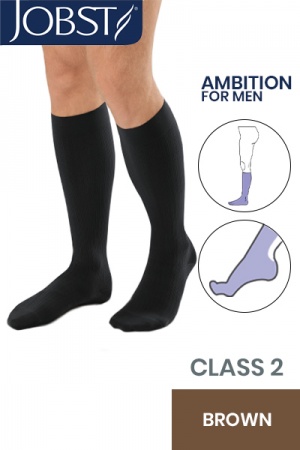

They’re typically prescribed with certain specifications and require professional fitting. How will that help, and are they all the same?ĪNSWER: Compression stockings aren’t like regular stockings. Legs and feet should be protected from injury and inspected daily.DEAR MAYO CLINIC: My doctor prescribed compression stockings to prevent my legs from swelling during the day. The patient should avoid standing or sitting for long periods, wearing constricting clothing (girdles, etc.), and crossing the legs. Advise the patient to replace stockings every 6 months. If stockings roll or slip down at the top, a roll-on adhesive designed for compression stockings can be applied to the leg to help resolve this problem.

Assistive devices are available to help with donning compression stockings. Applying a lubricating silicone lotion to the leg before donning the stockings may help to reduce friction. Warn the patient not to pull too hard, because this could rip the hose. If the patient has difficulty putting on compression hose, suggest wearing rubber gloves to help grip the stockings. Teach patient and family the reason for using compression stockings, concerns for application and correct fit, care of the skin, and the importance of assessing for leg swelling. Check patient sitting in a chair to be sure stockings do not compromise perfusion by acting as a tourniquet at the knee.
#Jobst compression stockings skin
Assess neurovascular status regularly during skin care and at other times using the inspection hole in the foot of the compression stocking.10. Check stocking periodically during wear to ensure correct placement and to be certain there is no bunching or other restriction that would impede perfusion.9. Provide more than one pair of hose in the correct size to allow for laundering if long-term use is planned.8. Remove stockings at least once each shift for skin assessment, hygiene, and care.7. Be sure the patient’s legs and feet are dry before putting on stockings.6. Review leg measurements regularly to avoid potential complications related to leg swelling.5. Document measurements and stocking size at initial use to serve as baseline measures for the patient.4. Follow manufacturer's recommendations to ensure correct fit.3. Apply compression stockings before surgery (when possible).2. Health care professionals should consider the following as guiding principles for clinical practice in the use of graduated compression stockings in the management of patients: 1. Low-risk patients are those who have had minor surgery (less than 30 min), minor trauma, or minor medical illnesses. In hospitalized patients at low risk for DVT, compression stockings may be used alone to prevent the formation of blood clots for those at higher risk, compression stockings usually are used in combination with anticoagulant therapy, such as heparin, low molecular weight heparin, or warfarin. It also improves venous valve function, reduces vein distention, and may have favorable effects on coagulants. External compression reduces the cross-sectional area of the limb and increases the velocity of blood flow in both superficial and deep veins. Its pressure decreases proximally to permit venous return of blood. A graduated compression stocking exerts more pressure at the ankle than on the rest of the limb. Pneumatic compression devices, which sequentially inflate and deflate, are more effective than simple elasticized stockings. An elastic covering for the foot, ankle, and leg that places firm, even pressure on an extremity, useful in managing edema, preventing deep vein thrombosis (DVT) of the leg, and in treating varicose veins.


 0 kommentar(er)
0 kommentar(er)
